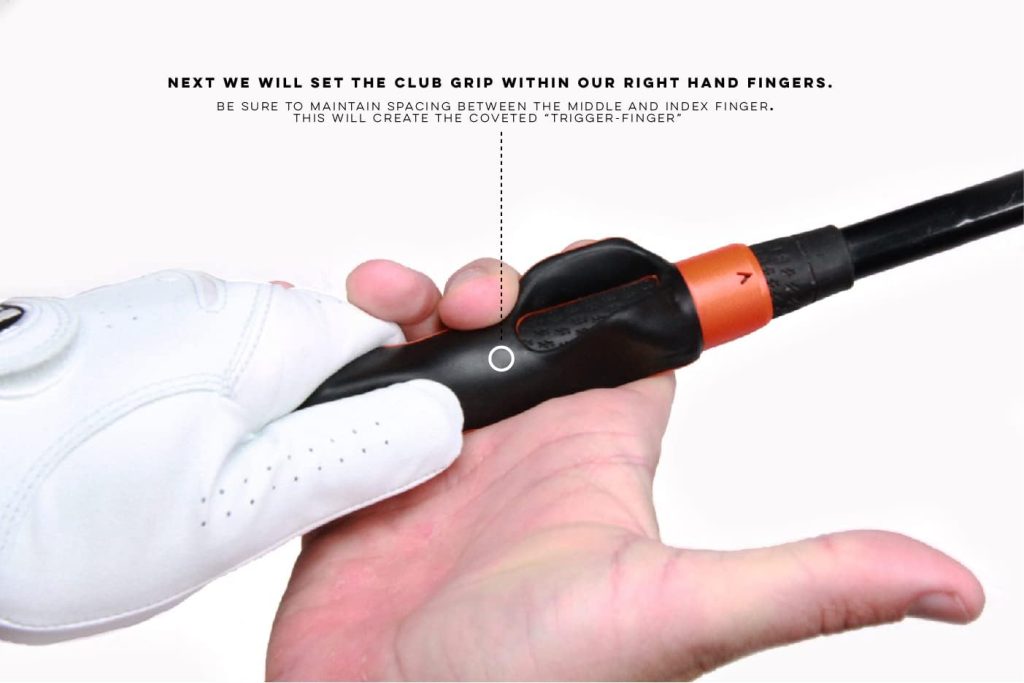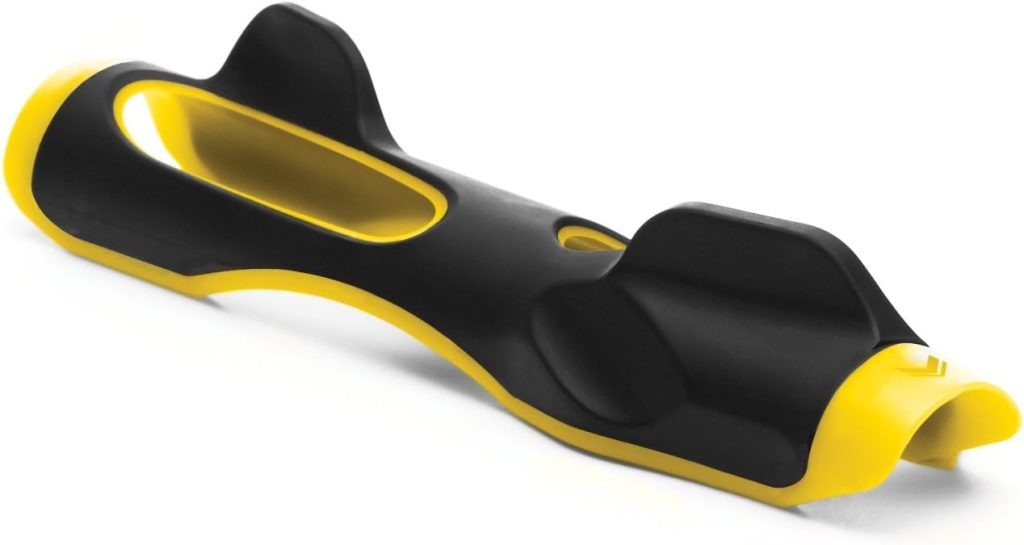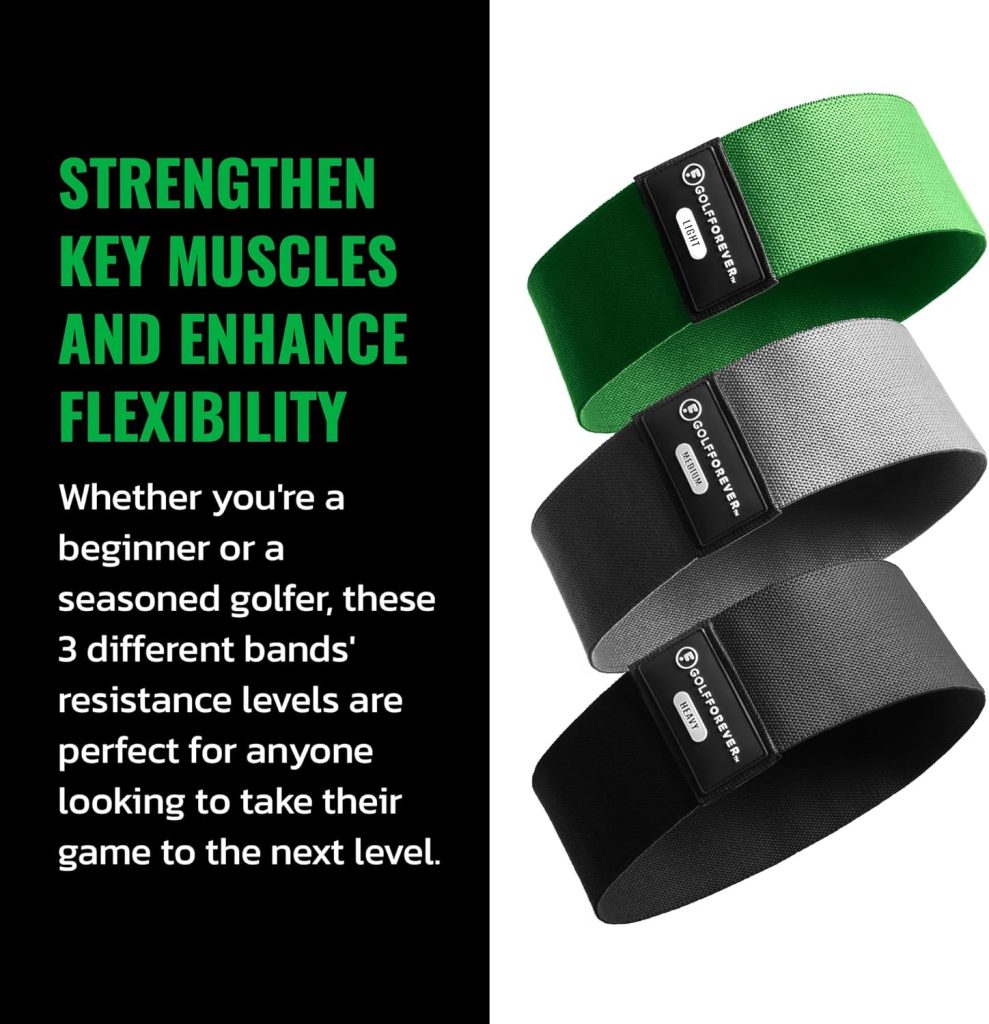The grip is one of the most fundamental aspects of golf, serving as the foundation for every swing. A proper grip ensures control, accuracy, and power, directly impacting your performance on the course. At Golf Aid Advisor, we offer a comprehensive selection of tools and resources designed to help golfers perfect their grip. This article will explore the importance of the grip, common grip techniques, challenges golfers face, and the best training aids available to enhance this critical aspect of your game.
Understanding the Importance of Grip
The grip is how you hold the golf club, and it significantly affects your swing mechanics and shot outcomes. A correct grip allows for better control of the clubface, leading to more consistent and accurate shots. It also helps in generating power and maintaining balance throughout the swing.Common Grip Techniques
There are several widely accepted grip techniques in golf, each with its own benefits and suitability depending on the golfer’s preferences and hand size:- The Vardon Grip (Overlapping Grip):
- How to Grip: The pinky finger of the trailing hand overlaps the index finger of the lead hand.
- Benefits: Provides stability and control, widely used by professional golfers.
- The Interlocking Grip:
- How to Grip: The pinky finger of the trailing hand interlocks with the index finger of the lead hand.
- Benefits: Suitable for golfers with smaller hands, promotes a unified hand action.
- The Ten-Finger Grip (Baseball Grip):
- How to Grip: All ten fingers are on the club, similar to holding a baseball bat.
- Benefits: Offers maximum control for beginners and those with limited hand strength.
Key Challenges in Mastering the Grip
Golfers often face several challenges when trying to perfect their grip:- Grip Pressure: Maintaining the correct pressure is crucial. Too tight a grip can lead to tension and restrict movement, while too loose a grip can cause loss of control.
- Hand Positioning: Incorrect hand positioning can lead to misaligned clubface, resulting in inaccurate shots.
- Consistency: Achieving a consistent grip every time can be difficult, especially under pressure.
Essential Golf Aids for Improving Grip
Improving your grip involves practice, feedback, and the right training aids. Here, we provide extensive reviews of the best tools available to help you refine your grip:- Grip Trainers:
- Golf Pride Tour SNSR Contour Pro: Helps develop proper hand positioning and grip pressure.
- SKLZ Grip Trainer: Portable device that attaches to the club, guiding your hands into the correct position.
- Grip Strengthening Tools:
- Gripmaster Hand Exerciser: Strengthens hand and finger muscles, improving grip strength.
- TheraBand FlexBar: Enhances grip strength and forearm stability through various exercises.
- Alignment Aids:
- Callaway Alignment Stix: Help ensure proper hand alignment and grip positioning.
- Gloves:
- Bionic StableGrip Golf Glove: Designed to promote proper grip technique and reduce hand fatigue.
- FootJoy WeatherSof Glove: Offers consistent grip pressure and comfort in various weather conditions.
Developing a Practice Routine for Grip
Consistency in practice is essential for mastering your grip. Here’s a sample routine to help you improve:- Warm-Up: Start with a 10-15 minute warm-up that includes light stretching and mobility exercises to prepare your hands and forearms.
- Grip Practice: Spend 15-20 minutes using grip trainers to practice correct hand positioning and pressure. Focus on feeling comfortable and natural with your grip.
- Strengthening Exercises: Allocate 10-15 minutes to perform grip-strengthening exercises using tools like the Gripmaster Hand Exerciser and TheraBand FlexBar.
- Full Swing Practice: Spend 30-45 minutes incorporating your improved grip into full swings with different clubs. Concentrate on maintaining the correct grip throughout your swing.
- Cool Down: Conclude with a 5-10 minute cool-down, including light stretching and relaxation exercises for your hands and forearms.
Seeking Professional Guidance
While self-practice is crucial, seeking professional guidance can accelerate your progress. Consider working with a golf instructor who can provide personalized feedback and tailored training plans. Benefits of professional instruction include:- Expert Analysis: A golf instructor can analyze your grip and identify areas for improvement.
- Customized Training Plans: Instructors can create tailored plans based on your skill level and goals.
- Motivation and Support: Working with a professional can keep you motivated and accountable.





